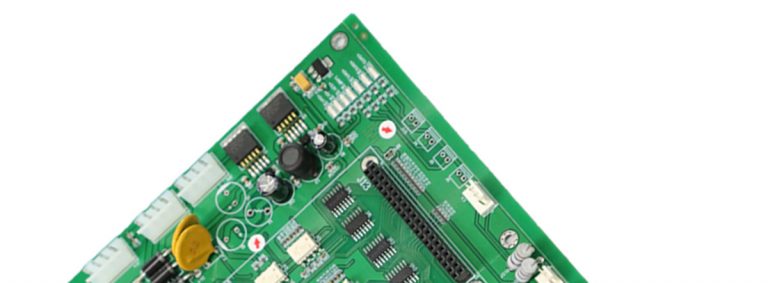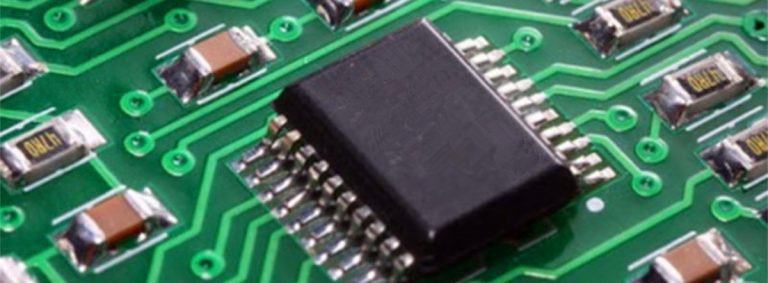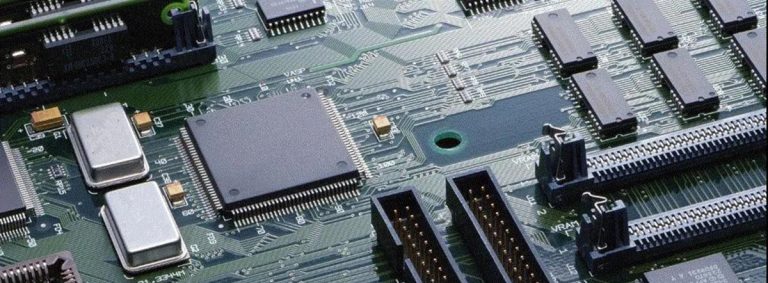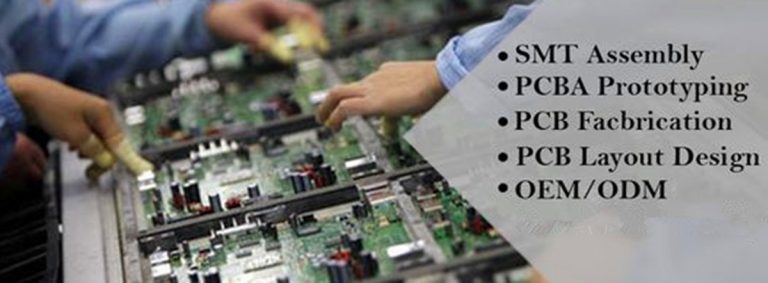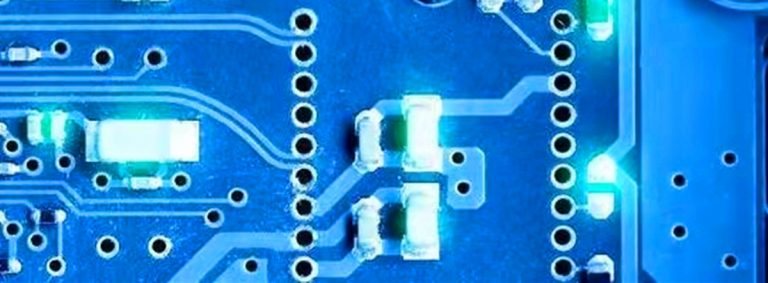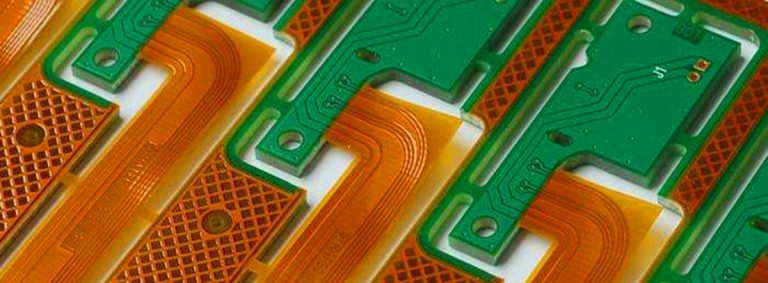How Should the SMT Electronics Factory Transport the PCB Board?

After the SMT Electronics patch proofing of the SMT small batch patch processing factory is completed, some follow-up processing procedures, such as testing, assembly, etc., are required. After all the electronic processing links are completed, it is delivered to the customer. The circuit board processed by the SMT patch It is relatively easy to be disturbed by various factors in the delivery and transportation process, such as bumps, collisions, friction, etc.
So how should the SMT electronics factory transport it to ensure that the circuit boards processed by SMT are not damaged and reach the customers safely?
The advantages of SMT chip processing: are high assembly density, small size and light weight of electronic products, the volume and weight of chip components are only about 1/10 of those of traditional plug-in components. Generally, after using SMT, the volume of electronic products is reduced by 40%~60% %, the weight is reduced by 60% to 80%.
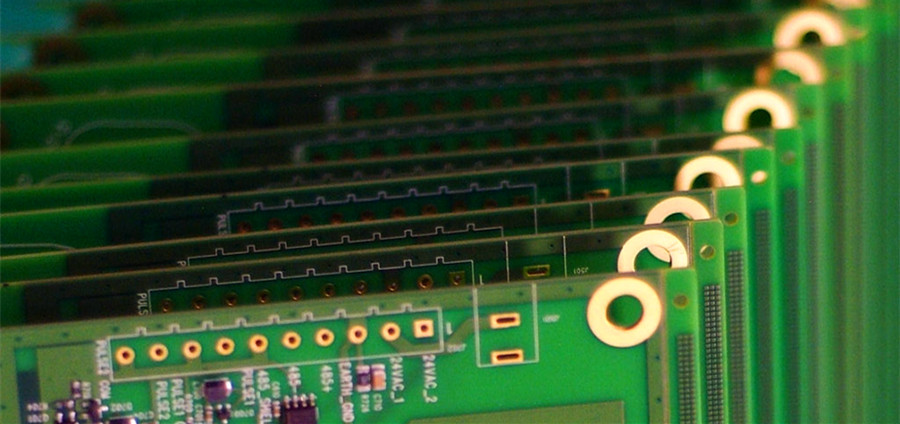
The protective measures during the transportation process after the SMT patch proofing are mainly done in the following aspects.
1. Moisture-proof packaging: Before packaging, the surface of the PCB circuit board should be cleaned and dried, and the three-proof paint should be sprayed.
2. Anti-vibration packaging: Put the packaged flexible printed circuit board into an anti-static packaging box. When placed vertically, stack up to no more than two layers, and place a baffle in the middle to keep it stable and prevent shaking.
3. Packaging materials: flex circuit are relatively fragile and easily damaged electronic products, and must be carefully packaged with bubble bags, bubble cotton, electrostatic bags and vacuum bags before transportation.
4. Anti-static packaging: Static electricity will break down the chips welded by SMT on the blank circuit board. Since static electricity cannot be directly observed, it is necessary to use anti-static packaging methods such as electrostatic bags.
Finest Group was established in 2003, and now has 6 new Korean imported (Samsung) dual-track high-speed placement machines, 6 new Korean imported (Samsung) dual-track medium-speed placement machines, automatic printing machine + reflow + online dual-track AOI + SPI + Offline AOI+X-RAY is committed to providing high-efficiency, high-quality one-stop PCBA services for R&D enterprises.


